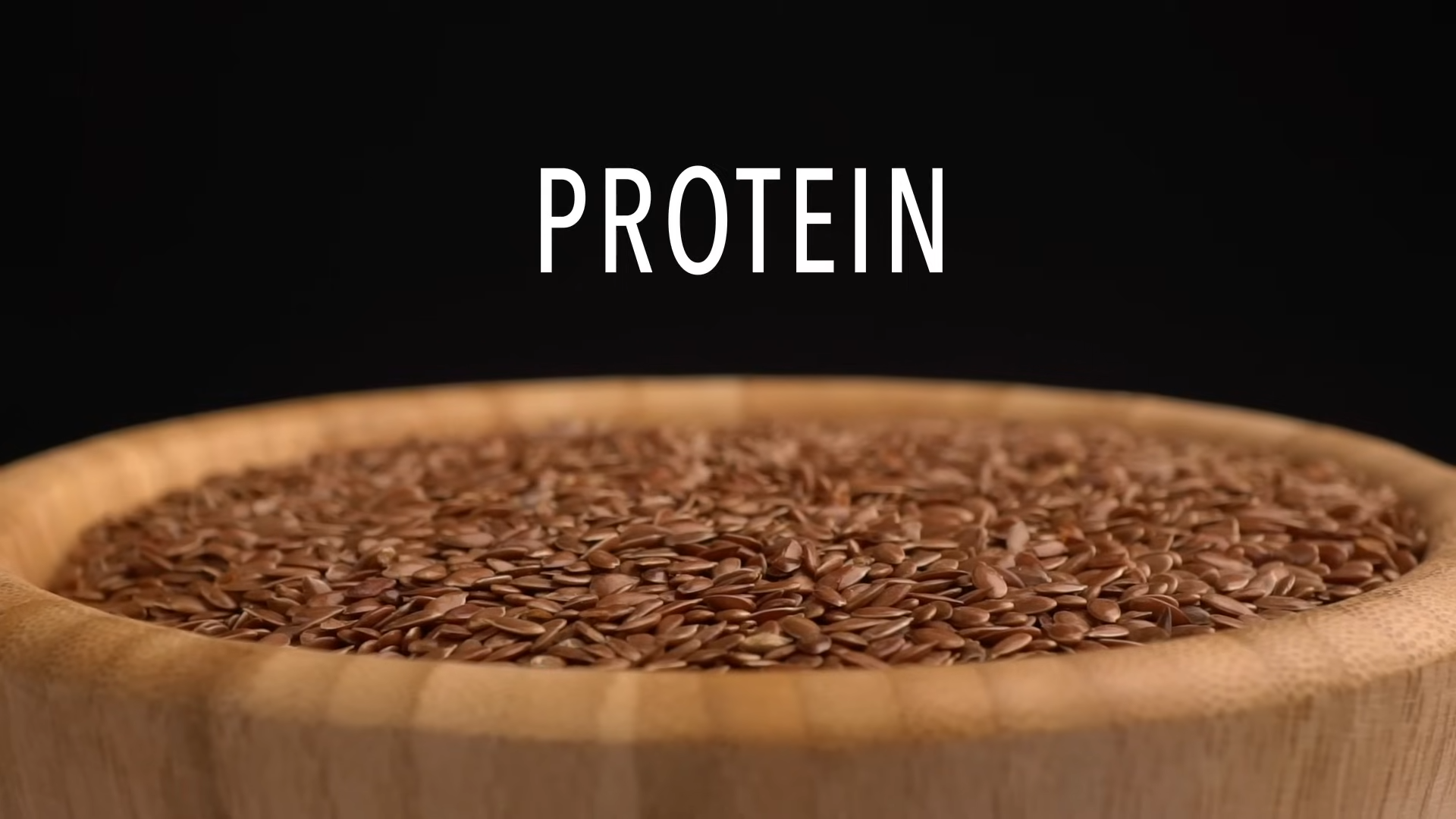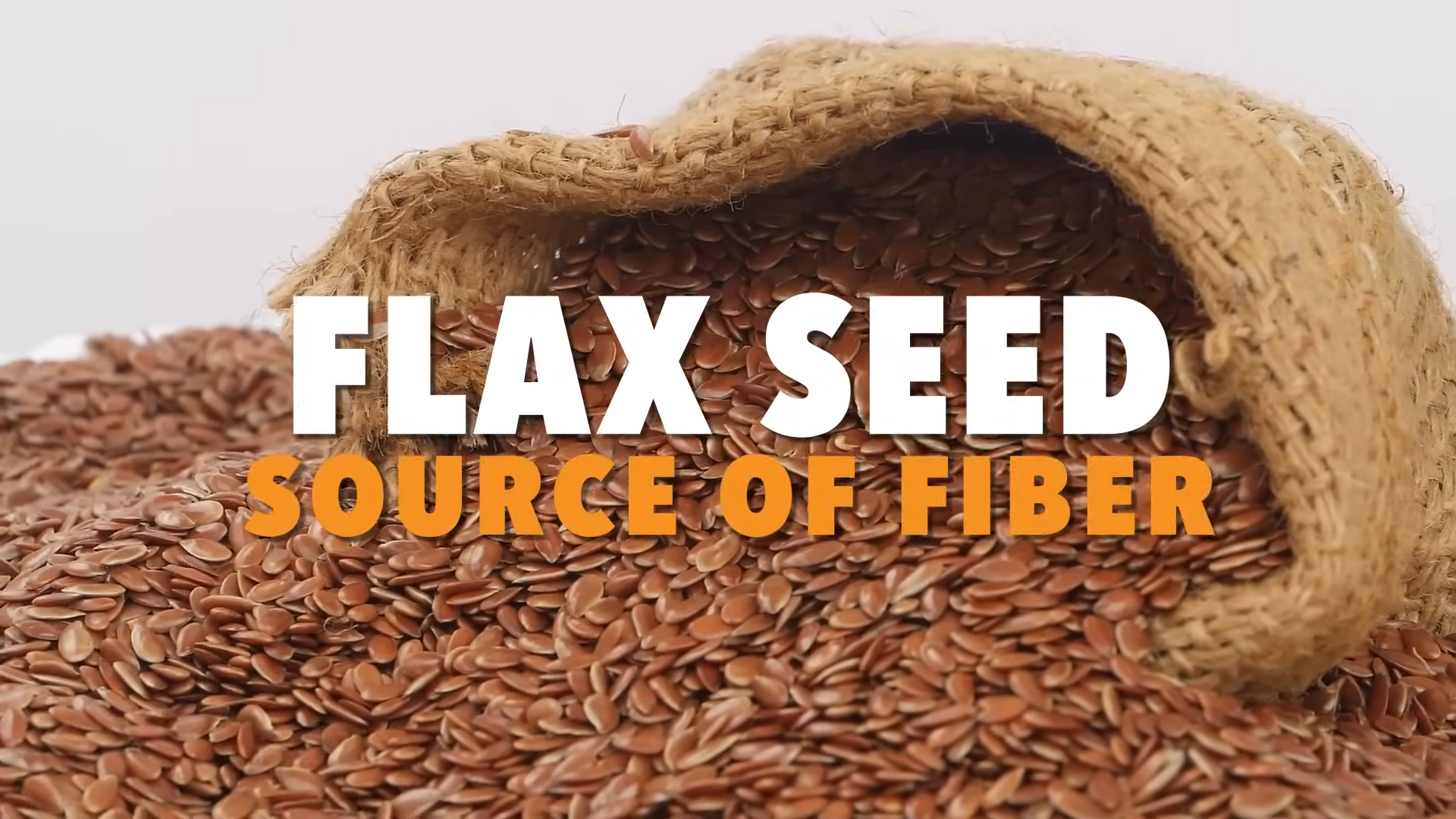Why Your Gut Health Matters
Have you ever noticed how your mood, energy levels, and overall health seem connected to what’s happening in your digestive system? As someone who receives countless questions about nutrition daily – from what foods to eat and avoid, to the importance of calories, micronutrients, and gut health – I’ve seen firsthand how transforming your diet can revolutionize your wellbeing.
The secret to optimal health often begins in your gut. Your digestive system houses billions of beneficial bacteria working tirelessly to keep you healthy. These microscopic allies influence everything from your immune function to your mental health. But here’s the thing: those beneficial bacteria need proper nourishment to thrive.
Today, I want to share how specific foods, particularly prebiotics, can supercharge your gut health naturally and effectively.
What Are Prebiotics? Understanding the Foundation of Gut Health
Before diving into the best superfoods for gut health, let’s clarify what prebiotics are. Many people are familiar with probiotics – the beneficial bacteria living in your gut – but fewer understand the crucial role of prebiotics.
Prebiotics are specialized plant fibers that nourish the good bacteria in your intestines. Think of it this way: if probiotics plant the seeds of your gut garden, prebiotics water them.
This relationship explains why taking a probiotic supplement or eating probiotic-rich foods like yogurt, sauerkraut, or miso isn’t enough on its own. Without prebiotics, those beneficial bacteria lack the nourishment they need to flourish and benefit your health.
The Prebiotic-Probiotic Connection: Creating a Balanced Gut Ecosystem
The relationship between prebiotics and probiotics represents a perfect symbiotic partnership:
- Probiotics are live beneficial bacteria that populate your digestive tract
- Prebiotics are the specific fibers that feed these bacteria, helping them multiply and thrive
When both elements are present in your diet, you create an optimal environment for gut health. The good bacteria feed on prebiotic fiber, producing beneficial short-chain fatty acids that nourish your gut lining and support overall health.
10 Powerful Prebiotic Superfoods for Optimal Gut Health

1. Flaxseeds: Omega-Rich Gut Supporters
Benefits: Flaxseeds aren’t just an excellent source of prebiotic fiber – they also deliver healthy omega-3 fats and protein, making them a nutritional powerhouse for gut health.
How to use them:
- Mix into smoothies
- Sprinkle over coconut yogurt
- Use as a healthier alternative to breadcrumbs when cooking chicken or fish
- Add to stir-fries for extra nutrition
Pro tip: Flaxseeds contain oils that can become rancid quickly. Buy them whole and grind as needed in a coffee or spice grinder. Store in the refrigerator or freezer to maintain freshness.
2. Artichokes: Prebiotic Powerhouses
Benefits: Artichokes are rich in inulin, a type of prebiotic fiber that specifically nourishes beneficial gut bacteria.
How to use them:
- Roast with olive oil and garlic
- Sauté with other vegetables
- Bread in tapioca flour and pan-fry for a crispy treat
Pro tip: Skip the tedious prep work by using frozen artichoke hearts or artichokes canned in brine (just check for no added sugar).
3. Leeks: Onion’s Gut-Friendly Cousin
Benefits: Leeks belong to the allium family alongside onions and garlic but offer their unique prebiotic properties and milder flavor profile.
How to use them:
- Add to omelets
- Incorporate into salads
- Use in soups and stews
- Top salads with sautéed leeks
Pro tip: To clean leeks properly, slice them in half lengthwise and rinse thoroughly under cold water to remove dirt trapped between the layers.
4. Okra: Slime-Free Gut Support
Benefits: Okra provides excellent prebiotic fiber that supports beneficial bacteria growth.
How to use them:
- Sauté over high heat to minimize sliminess
- Roast at 400°F until crispy
- Add to stews and gumbos
- Try them in a stir-fry
Pro tip: For those who don’t enjoy okra’s texture, frozen okra is widely available year-round. Thaw and pat dry before cooking to reduce sliminess.
5. Jicama: Crunchy Prebiotic Refreshment
Benefits: This root vegetable provides prebiotic fiber with a refreshing crunch and mild flavor.
How to use it:
- Eat raw as matchsticks or chips
- Use as a vehicle for guacamole or other dips
- Add to slaws and salads
- Enjoy with lime juice and a pinch of salt
Pro tip: Jicama retains its pleasant crunch even when cooked, making it perfect for stir-fries where you want textural contrast.
6. Garlic: Prebiotic Powerhouse
Benefits: Raw garlic contains high levels of inulin and fructooligosaccharides (FOS), prebiotics that fuel good bacteria in the gut. It also offers antimicrobial properties that help balance gut flora.
How to use it:
- Add minced raw garlic to the guacamole
- Incorporate into homemade salad dressings
- Mix into dips and spreads
- Let freshly chopped garlic rest for 10 minutes before cooking to maximize health benefits
Pro tip: To get the most prebiotic benefit, crush or chop garlic and let it sit for 10-15 minutes before consumption, allowing beneficial compounds to form.
7. Onions: Sweet Support for Gut Health
Benefits: Like garlic, onions are rich in inulin and FOS prebiotics that selectively feed beneficial bacteria.
How to use them:
- Add raw to salads and sandwiches
- Incorporate into salsas and dips
- Sauté as a base for soups and stews
- Roast with other vegetables
Pro tip: Red and white onions tend to have higher prebiotic content than yellow or sweet varieties.
8. Asparagus: Fiber-Rich Gut Supporter
Benefits: Asparagus provides inulin fiber that specifically nourishes beneficial gut bacteria like Bifidobacteria and Lactobacilli.
How to use it:
- Roast with olive oil
- Steam lightly and add to salads
- Incorporate into stir-fries
- Add to omelets and frittatas
Pro tip: The prebiotic benefits of asparagus remain intact whether it’s cooked or raw, so prepare it however you prefer.
9. Green Bananas: Resistant Starch Champions
Benefits: Unripe green bananas contain resistant starch, a powerful prebiotic fiber that resists digestion in the small intestine and ferments in the colon, feeding beneficial bacteria.
How to use them:
- Add slices to smoothies
- Incorporate into baking recipes
- Freeze chunks for smoothies
- Make green banana flour for baking
Pro tip: The greener the banana, the higher the resistant starch content and the lower the sugar.
10. Dandelion Greens: Bitter Greens for Better Gut Health
Benefits: These nutrient-dense greens are packed with prebiotic fiber and also support liver function and detoxification.
How to use them:
- Add to salads (mix with milder greens if the bitterness is too strong)
- Sauté with garlic and olive oil
- Include in smoothies with sweet fruits to balance flavor
- Use in soups and stews
Pro tip: Young dandelion leaves are less bitter than mature ones, making them more palatable for those new to these nutritious greens.
Why Supplement? The Case for Prebiotic Support
While incorporating prebiotic foods into your diet is essential, modern lifestyles can make it challenging to consume enough of these foods consistently. Factors that deplete our gut bacteria include:
- Stress
- Processed foods
- Antibiotics
- Environmental toxins
- Alcohol consumption
This is why many health experts recommend supplementing with a quality prebiotic formula alongside dietary changes. A comprehensive prebiotic supplement helps ensure your gut bacteria receive consistent nourishment even when your diet isn’t perfect.
How to Incorporate Prebiotic Foods: Practical Tips for Every Diet

For Health-Conscious Individuals
Focus on adding one prebiotic-rich food to each meal. For example, add flaxseeds to your breakfast, incorporate jicama into your lunch salad, and include sautéed leeks with dinner.
For Specialized Dieters
- Keto: Focus on low-carb prebiotics like flaxseeds, jicama, and asparagus
- Vegan: All prebiotics mentioned are plant-based and perfect for vegan diets
- Paleo: Emphasize asparagus, garlic, onions, and jicama
- Mediterranean: Artichokes, garlic, and onions fit perfectly in this eating style
For Weight Loss Seekers
Prebiotic foods are typically high in fiber and low in calories, making them perfect for weight management. They help you feel fuller longer and support a healthy metabolism through improved gut function.
For Busy Professionals & Parents
- Keep pre-cut jicama sticks in the refrigerator for quick snacks
- Purchase frozen artichoke hearts and asparagus for easy meal additions
- Add ground flaxseed to smoothies or overnight oats for breakfast on the go
For Fitness Enthusiasts
Pair prebiotic foods with protein sources to support muscle recovery while enhancing gut health. For example, add asparagus to your post-workout protein meal or include flaxseeds in your protein smoothie.

Common Mistakes When Building Gut Health
| Mistake | Better Approach |
| Taking probiotics without prebiotics | Combine both for synergistic effects |
| Adding too much fiber too quickly | Gradually increase prebiotic foods to avoid digestive discomfort |
| Ignoring food quality | Choose organic prebiotic foods when possible to avoid pesticides that harm gut bacteria |
| Inconsistent consumption | Consistency matters more than quantity – small daily amounts are better than occasional large servings |
| Forgetting about hydration | Drink plenty of water with increased fiber intake |
Signs Your Gut Health Is Improving
As you incorporate more prebiotic superfoods into your diet, watch for these positive signs of improved gut health:
- More regular bowel movements
- Reduced bloating
- Improved energy levels
- Better mood and mental clarity
- Stronger immune function
- Clearer skin
- Better sleep quality

Frequently Asked Questions About Prebiotics and Gut Health
Q: How long does it take to notice improvements in gut health?
A: While everyone’s body responds differently, many people report noticeable improvements within 2-4 weeks of consistently incorporating prebiotic foods. More substantial changes in gut microbiome composition typically occur after 8-12 weeks.
Q: Can I get enough prebiotics from food alone?
A: Yes, it’s possible, but challenging in our modern food environment. Aim to include at least 2-3 prebiotic-rich foods daily. If this proves difficult or if you have specific gut health concerns, a quality prebiotic supplement can help bridge the gap.
Q: Will cooking destroy the prebiotic benefits?
A: Most prebiotic fibers remain intact during cooking. For some foods like garlic and onions, light cooking may enhance the accessibility of certain compounds. For maximum benefits, include a mix of raw and cooked prebiotic foods in your diet.
Q: Can prebiotic foods cause digestive discomfort?
A: Some people may experience temporary bloating or gas when first increasing prebiotic intake. This is a sign that beneficial bacteria are being fed and multiplying. Start with small amounts and gradually increase to allow your system to adjust.
Conclusion: Your Path to Gut Health Starts Today
The journey to better gut health doesn’t require radical changes or exotic ingredients. By regularly incorporating these accessible prebiotic superfoods into your meals, you’re providing your beneficial gut bacteria with exactly what they need to thrive.
Remember that consistency matters more than perfection. Try adding just one of these prebiotic foods to your diet this week, then gradually incorporate others. Your gut microbiome will respond positively even to small, consistent changes.
As your gut health improves, you may notice benefits extending far beyond digestion – from enhanced mood and energy levels to stronger immunity and clearer thinking. These wide-ranging effects remind us that gut health truly is the foundation of overall wellness.
Which prebiotic superfood will you try first? Your gut bacteria are waiting to be nourished!
[Note: This blog post would benefit from 3-4 high-quality images throughout: 1) A hero image showing various prebiotic foods arranged attractively, 2) A close-up of one or two specific foods like artichokes or leeks, 3) A simple infographic showing the relationship between prebiotics and probiotics, and 4) A healthy gut-friendly meal incorporating several prebiotic foods.]